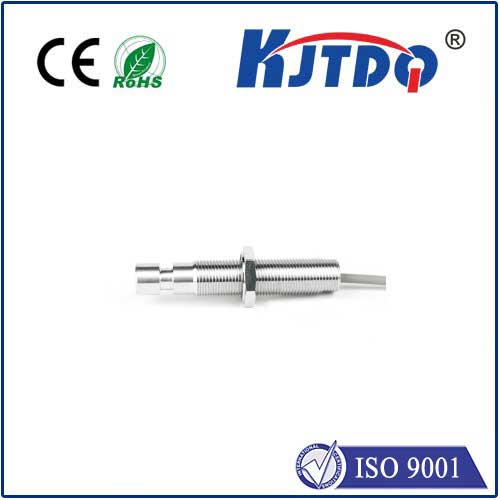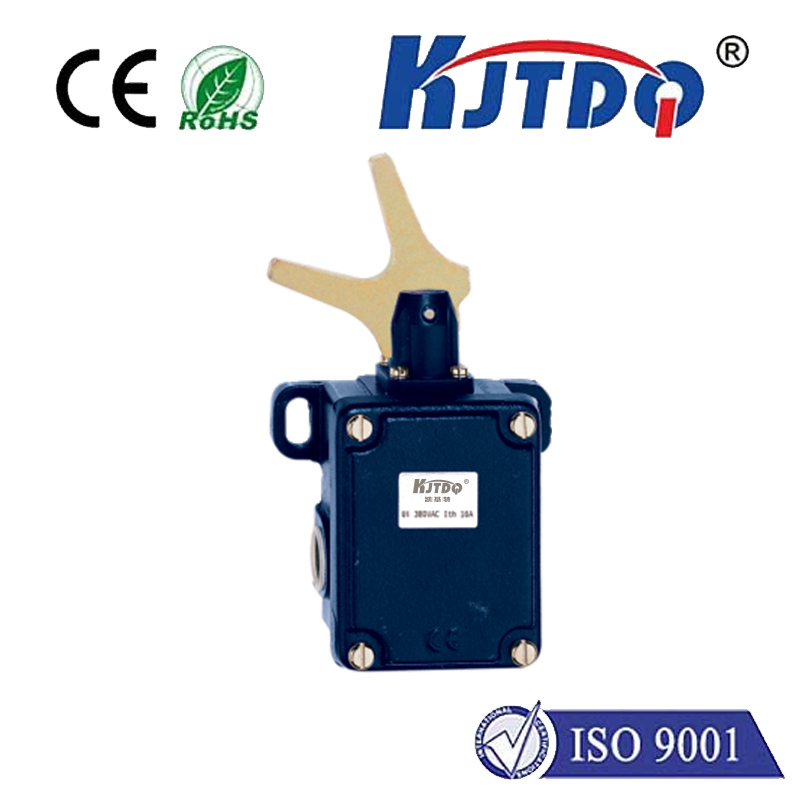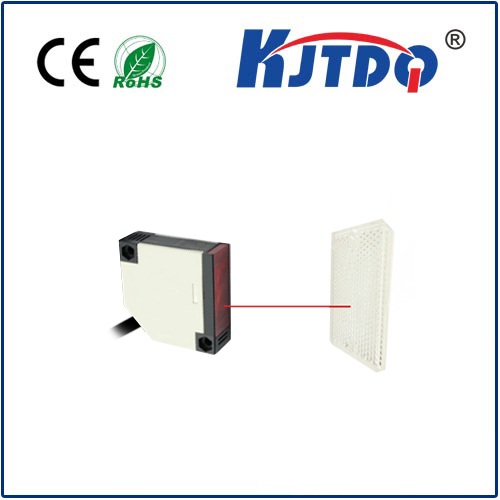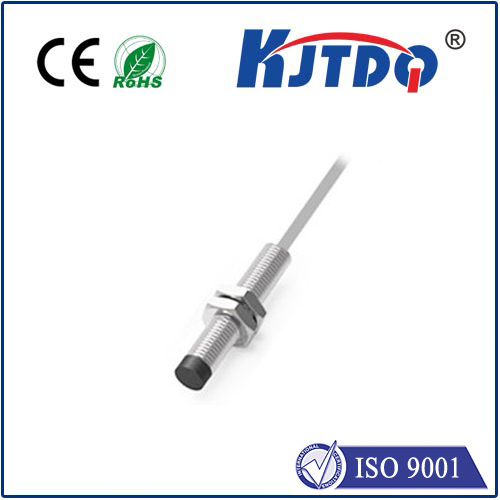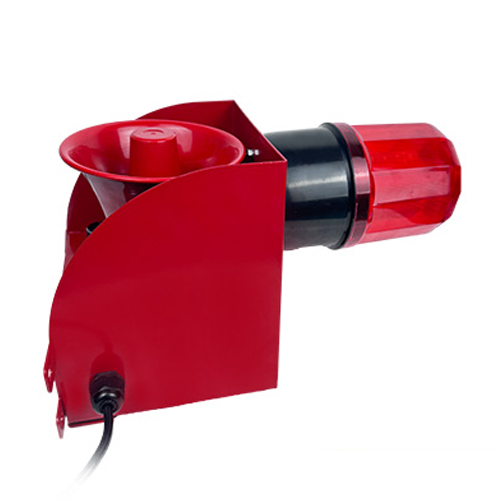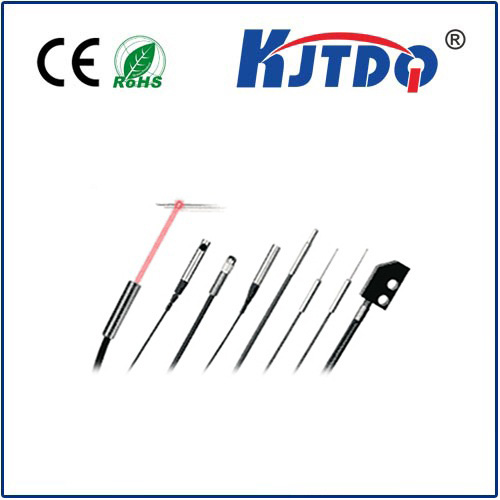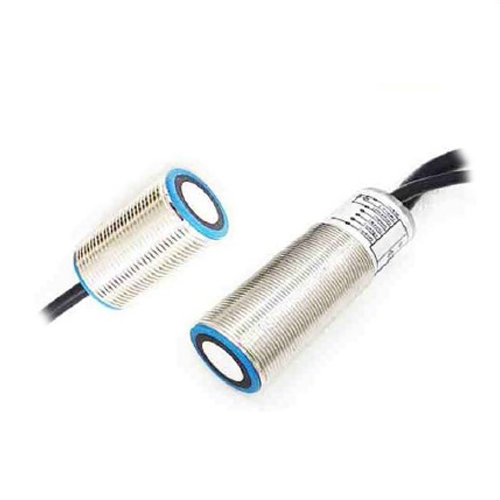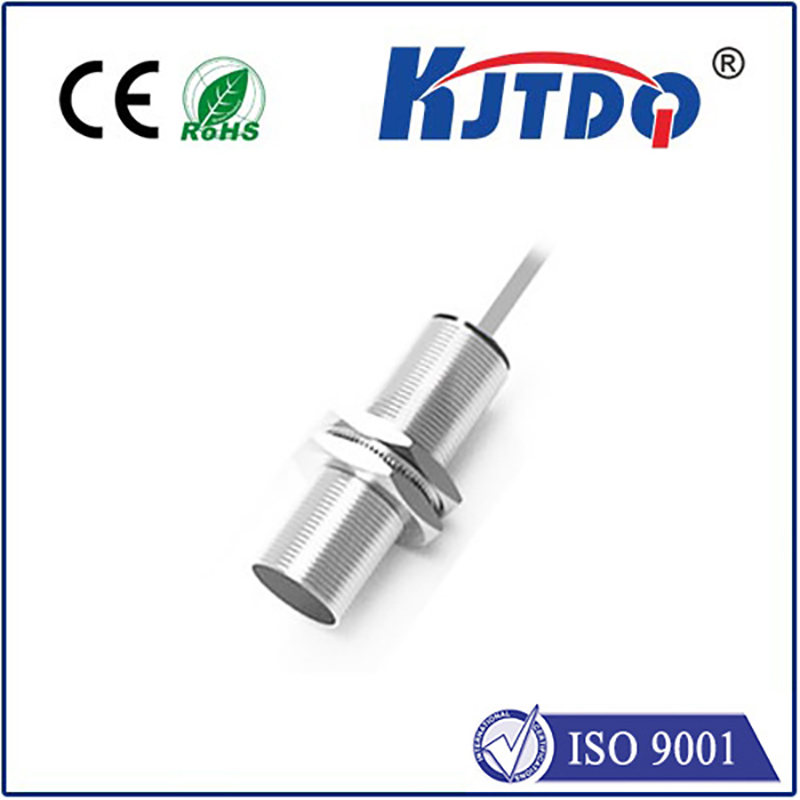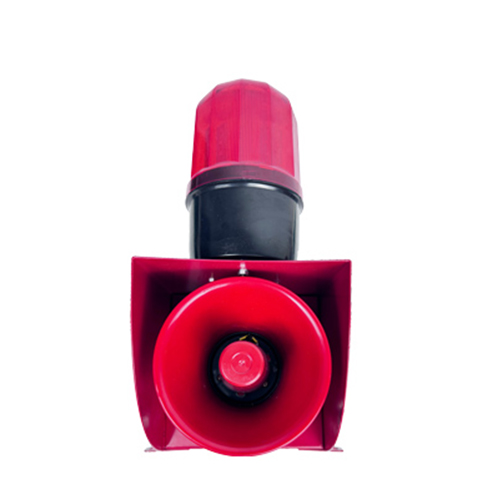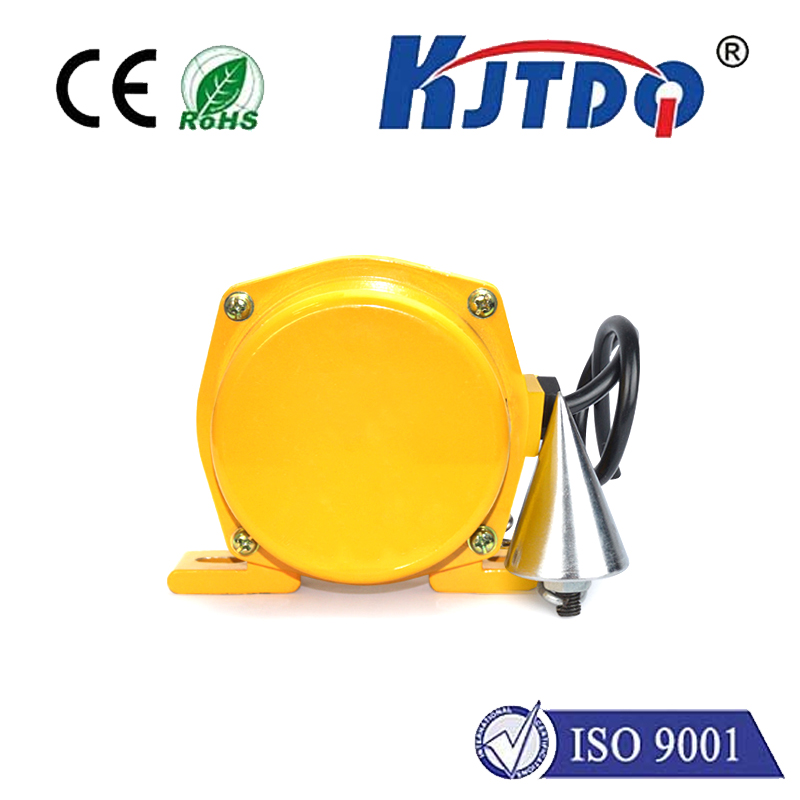high limit fan control switch
- time:2025-08-04 13:03:15
- Click:0
High Limit Fan Control Switch: Your HVAC System’s Silent Safety Guardian
Imagine this: it’s the depths of winter, your furnace is humming away, keeping your home cozy. But suddenly, you notice it cycling strangely – blasting intense heat, then shutting off abruptly, only to roar back to life moments later. Worse, you might detect a faint, unsettling smell of overheating components. What invisible safety net is struggling to protect your system, and ultimately your home, from potential damage or even fire? Often, the unsung hero in this scenario is the High Limit Fan Control Switch.
What It Is & Why It Matters
Far from being just another switch, the high limit fan control switch (often simply called a high limit switch or fan limit control) is a critical safety and operational component integrated into most forced-air heating systems, particularly furnaces. Its primary mission is twofold:
- Prevent Overheating (Safety): This is its most vital role. The switch constantly monitors the temperature inside the furnace’s heat exchanger or plenum. If the temperature rises dangerously high – due to issues like restricted airflow (dirty filter, blocked vents), a failing blower motor, a gas valve problem, or excessive burner operation – the high limit switch acts. It interrupts the fuel supply (gas valve or oil burner solenoid), shutting down the heat source immediately. This prevents the heat exchanger from reaching catastrophic temperatures that could cause cracking (releasing deadly carbon monoxide) or even create a fire hazard.
- Control the Blower Fan (Operation): Beyond emergency shutdown, it also plays a key role in normal furnace cycling. It dictates when the main blower fan turns on and off relative to the burner cycle:
- After Heat Starts: It often introduces a short delay (fan-on delay) after the burner ignites before turning the fan on. This allows the heat exchanger to warm up sufficiently, ensuring the initial air blown into your ducts is warm, not cold.
- After Heat Stops: Crucially, it keeps the blower fan running for a period (fan-off delay) after the burners shut off. This “cool-down” cycle is essential. It extracts valuable residual heat from the exchanger, improving efficiency, and, more importantly, it prevents the exchanger from soaking in intense heat with no airflow, which could lead to premature failure or trigger the safety shutdown unnecessarily.
How It Works: The Critical Cut-In/Cut-Out Cycle
The magic lies in its internal bi-metallic strip or temperature-sensing probe. As temperature rises:
- Reaching the Fan-On Point: At a predetermined, relatively low temperature (often around 90-110°F / 32-43°C), the switch closes a circuit, signaling the blower fan to start (Fan-On).
- Heating Cycle Continues: The burner runs, the exchanger heats up, and the fan circulates warm air.
- Approaching the Danger Zone - High Limit (Cut-Out): If the temperature climbs towards an unsafe level (typically set between 160°F - 220°F / 71°C - 104°C, specific to the furnace model), the sensor triggers. This breaks the circuit powering the burner or fuel valve, shutting off the heat source immediately. The fan usually continues to run during this shutdown event to aid cooling.
- Cool-Down Initiated: With the burner off, temperatures begin to fall.
- Cooling Below the High Limit (Reset): Once the temperature drops significantly below the high limit trip point (the differential, often 30-50°F / 17-28°C), the switch automatically resets itself.
- Cooling to Fan-Off Point: The fan continues running until the temperature falls to the much lower Fan-Off point. Only then does the fan stop.
Proper Placement: Location Matters

For the high limit fan control switch to function accurately, its placement within the furnace cabinet is critical. It’s almost always mounted directly onto or inserted into:
- The Furnace Plenum: The large metal chamber just above the heat exchanger where heated air collects before entering the ductwork. This is the most common location.
- The Heat Exchanger Itself: Sometimes inserted into a well or pocket on the heat exchanger body to get a direct temperature reading.
This strategic positioning ensures it senses the peak air temperatures within the system, where overheating poses the greatest risk.
Warning Signs of a Failing Switch
Like any component, high limit switches can fail. Be alert to these symptoms:
- Frequent Short Cycling: The furnace burner turns on for only a very short time (maybe 1-3 minutes) before shutting off, then tries to restart shortly after. This is a classic sign of a switch tripping prematurely.
- Blower Fan Doesn’t Shut Off: If the fan runs continuously, even long after the burner has stopped and the system should be off, the fan-off function of the switch might be stuck closed.
- Blower Fan Doesn’t Come On: If the burner fires but the blower fan never starts, the fan-on circuit within the switch could be faulty. (Important: A failed blower motor itself can cause the high limit to trip!).
- Furnace Won’t Start At All: While less common, a completely failed switch can prevent the burners from igniting at all.
- Overheating Smells: A persistent hot, metallic, or “overheating” odor can indicate the switch is not tripping when it should, allowing components to get dangerously hot.
Testing and Troubleshooting Basics (Leave Repairs to Pros!)
Important Disclaimer: Working inside a furnace involves electricity, gas (potentially), and high temperatures. This can be extremely dangerous. Always consult a qualified HVAC technician for diagnosis and repair. Do not attempt to bypass a high limit switch.
Technicians use a multimeter to test for continuity (electrical path) at the switch’s terminals at different temperatures. They check if the switch opens (breaks continuity) when heated (simulating an overheat) and closes (makes continuity) upon cooling. They also ensure the fan-on and fan-off functions operate correctly if integrated.
Common Culprits Causing Tripping (Beyond Switch Failure):
Often, a tripping high limit switch is a symptom of another problem, not the root cause itself:
- Dirty Air Filter: A severely clogged filter is the #1 cause of nuisance tripping. It restricts airflow, causing heat to build up rapidly in the exchanger.
- Blocked Vents/Registers: Closed or obstructed vents restrict overall system airflow.
- Failing Blower Motor: If the fan isn’t moving enough air, overheating occurs.
- Dirty Blower Wheel: Accumulated dirt makes the fan less efficient.
- Undersized or Leaky Ductwork: Restricts flow or allows too much cold air infiltration.
- Gas Pressure Issues: Improper burner flame can cause overheating.
When & How to Replace
High limit switches are generally reliable but can wear out over years of thermal cycling. Replacement is only recommended:
- After a qualified technician has confirmed the switch itself is faulty.
- When other causes of tripping (like a dirty filter) have been definitively ruled out.
- Using an exact OEM (Original Equipment Manufacturer) replacement part. Using an






